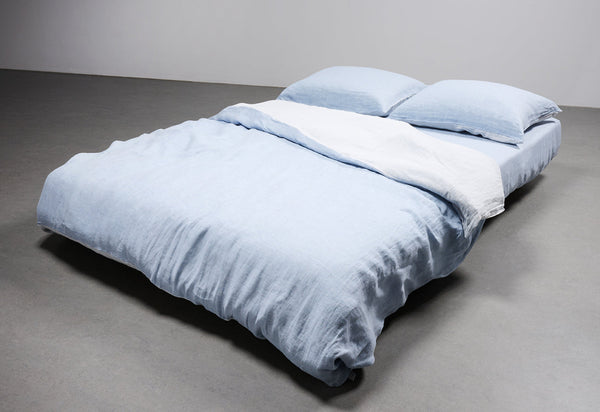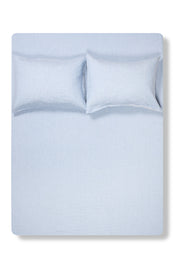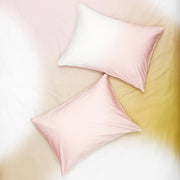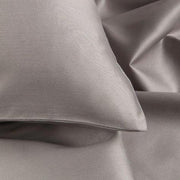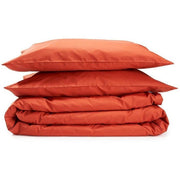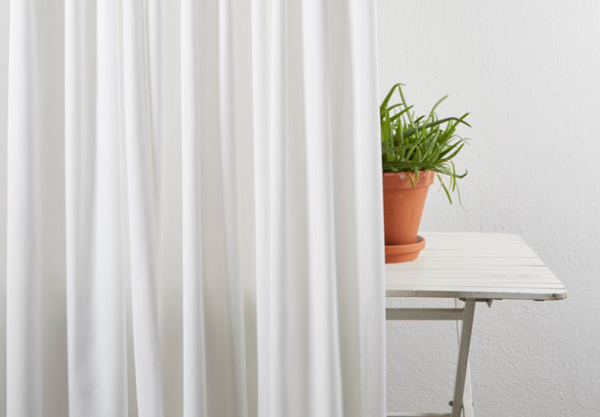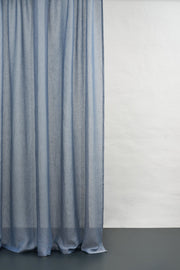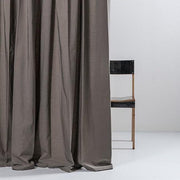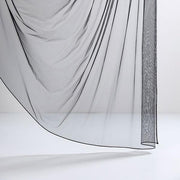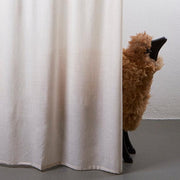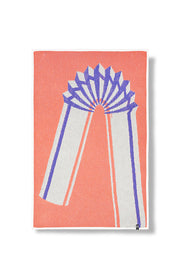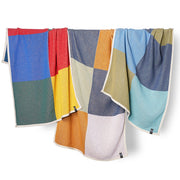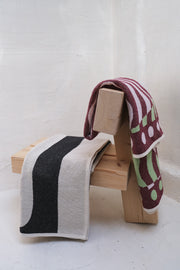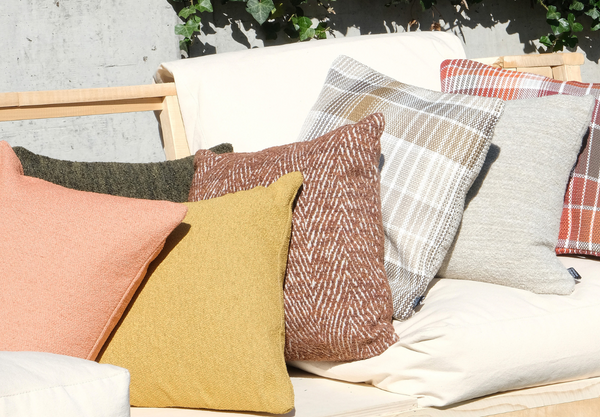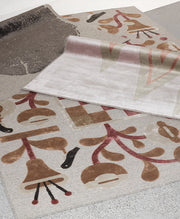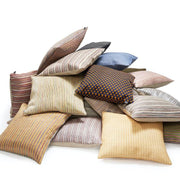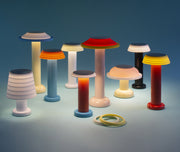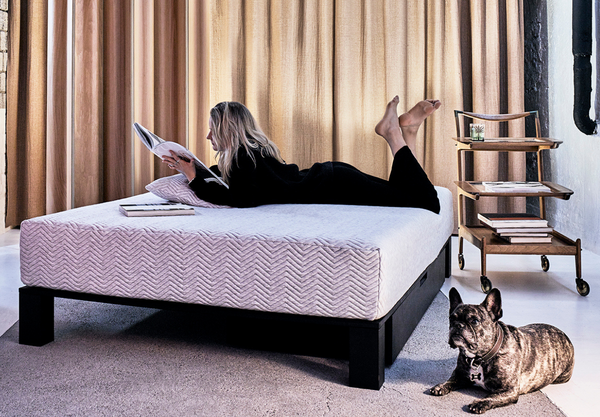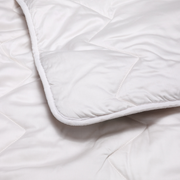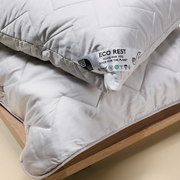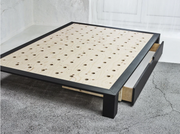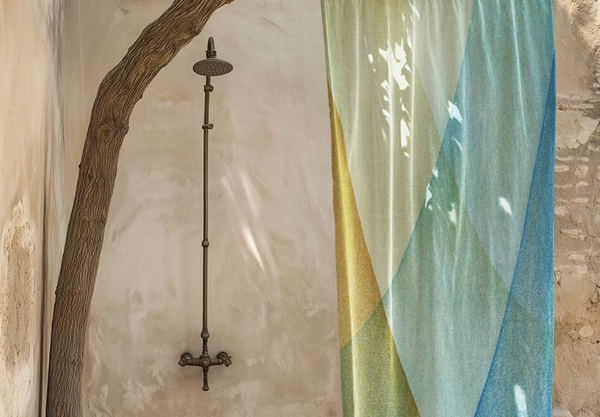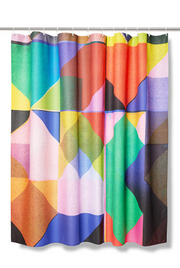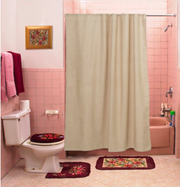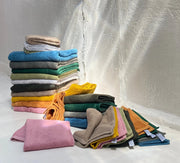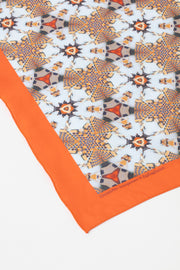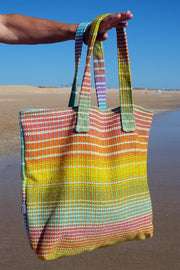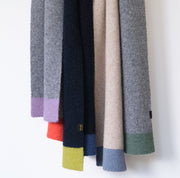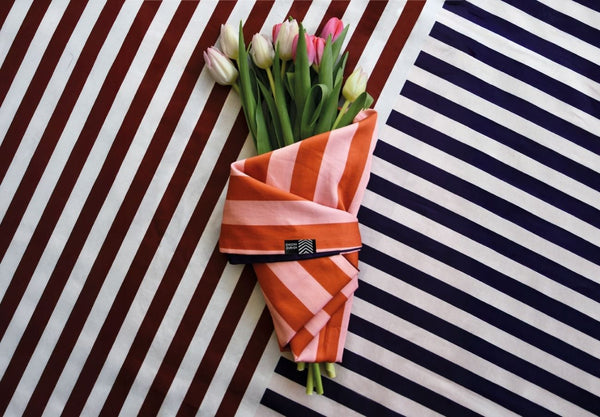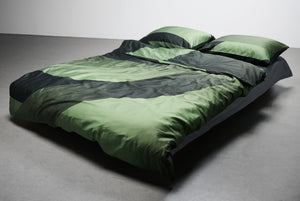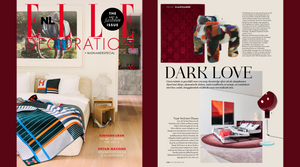When creating a home that feels good to live in, every detail matters, including your curtains. While we often focus on furniture or flooring, window fabrics quietly influence the air we breathe and the comfort we feel.
Many conventional curtains are made with synthetic fibers or chemical finishes that can release volatile organic compounds (VOCs), affecting indoor air quality over time. However, natural fabrics like hemp and linen offer a cleaner, more sustainable alternative. Both are breathable, durable, and made from renewable plants, making them ideal for a healthier living space.
This guide compares hemp and linen in texture, performance, and sustainability to help you choose the right fabric for your home.
What Makes Natural Curtains Different?
Natural curtains stand apart from synthetic ones not only in appearance but in how they interact with your living space. Synthetic fabrics such as polyester or acrylic are often made from petroleum-based materials that can trap heat, attract dust, and sometimes release traces of chemicals used in production.
By contrast, natural fabrics like linen and hemp breathe easily. Their plant-based fibers allow air to circulate, helping maintain a comfortable atmosphere throughout the year. They also manage moisture naturally, which helps prevent stuffiness and odor buildup indoors.
Beyond comfort, natural fibers bring warmth and character. Their subtle variations and evolving texture add depth to a room, while their renewable and biodegradable nature supports a more sustainable home environment.
Hemp vs. Linen: What's the Real Difference?
Although hemp and linen are both natural fibers, they come from different plants and have distinct qualities that affect how they look and perform. Understanding these differences helps you choose the right fabric for your home.

Hemp fabric comes from the stalks of the Cannabis sativa plant. It is one of the strongest natural fibers, known for its durability and resistance to wear. Hemp has a slightly coarse texture that softens beautifully with use, creating fabric that feels substantial and long-lasting.
Linen, made from the fibers of the flax plant, is valued for its cool, breathable nature and smooth texture. It has a natural luster and a crisp feel that gives curtains a fresh, elegant look while helping regulate temperature indoors.
Both hemp and linen are sustainable choices, but their textures and appearances bring different moods to a space. To see how they compare side by side, here’s a quick overview of their key differences:
| Feature | Hemp | Linen |
| Durability | Exceptionally strong; resists wear and abrasion. | Stronger than cotton, but more brittle than hemp. |
| Texture | Hearty, slightly coarse texture that softens with each wash. | Smooth and crisp, it develops a soft patina (a gentle sheen) over time. |
| Moisture Handling | Highly absorbent and quick-drying; naturally resists mold. | Very absorbent and breathable, excellent for humidity. |
| Wrinkling | Prone to wrinkling, but the texture helps mask it. | Wrinkles easily, creating a relaxed, lived-in look. |
| Cultivation | Requires little water and no pesticides to grow. | Also, a low-input crop, requiring minimal water and pesticides. |
Are Hemp and Linen Curtains Good for a Healthier Home?
If your goal is to create a home that feels fresh and free from hidden irritants, natural fabrics like hemp curtains and linen are a smart place to start.
When made without synthetic finishes or chemical treatments, these fabrics typically release fewer artificial compounds into the air than many synthetic materials. They’re breathable, gentle on sensitive skin, and a great choice for anyone who values natural living.
Because both fabrics allow air to circulate easily, they help prevent humidity from getting trapped around windows. This natural breathability supports a fresher environment and reduces the likelihood of musty buildup.
With their clean, plant-based composition, hemp and linen curtains can contribute to a comfortable, low-tox home.
Why Hemp and Linen Curtains Are Built for Daily Living
Natural curtains are not just about beauty or sustainability. Their real charm lies in how they perform day after day, adapting to changing light and temperature while remaining durable and inviting for years to come.
Temperature Regulation
Hemp and linen have natural insulating and moisture-regulating qualities. They help keep interiors cool in summer by allowing air to flow freely and warm in winter by trapping a soft layer of air between the fabric and the window. This gentle balance supports a pleasant indoor temperature all year round.
Light Filtering and Ambiance
The texture of hemp and linen creates a soft, diffused glow that flatters any room. Their natural weave filters sunlight without completely blocking it, offering privacy while still letting in a calm, natural light. The result is a space that feels bright yet relaxed.
Durability and Everyday Use
Both fabrics are strong and long-wearing, even with daily use. Hemp is slightly tougher, while linen softens beautifully over time without losing its shape. With proper care, these curtains can last for many years, aging gracefully as part of your home.
Care and Maintenance
Caring for hemp and linen curtains is simple. Most can be machine-washed on gentle cycles using mild detergent. Avoid high heat when drying to maintain the fabric’s integrity. If needed, a quick iron or steam brings back their crisp look. With minimal effort, they stay fresh, clean, and naturally elegant.
Why Choose Sustainable Fabrics for Your Curtains?
If you want your home to look beautiful but also environmentally friendly, hemp and linen curtains are a natural choice. These fabrics have a lower environmental impact, letting you decorate consciously without sacrificing quality.
Low-Impact Natural Crops
Hemp and linen are considered eco-friendly fibers. Both plants grow relatively quickly and often need less water, pesticides, and fertilizers compared with conventional crops like cotton. Hemp is particularly beneficial for soil health, as its deep roots can improve soil structure and add organic matter, making it a regenerative crop.
Biodegradable and Durable
Hemp and linen are biodegradable when untreated or made from 100% natural fibers. Their strength and durability mean your curtains can last for many years, reducing the need for frequent replacements and helping lower waste over time.
A Choice for Conscious Living
Choosing curtains made from sustainable fabrics supports a home that reflects your values. Hemp and linen bring together natural beauty, responsible craftsmanship, and long-lasting quality, making them ideal for anyone who wants to live more consciously.
How to Choose Between Hemp and Linen for Your Home
Choosing the perfect curtain fabric isn’t just about taste. The room’s purpose, its atmosphere, and the style of your home all influence which fabric will look and feel just right.
Room Considerations
For living rooms or dining areas, both hemp and linen work beautifully, but hemp’s structured drape can create a polished, tailored look, while linen brings a softer, relaxed feel. Alternatively, in bedrooms, linen is perfect for a cozy, airy atmosphere. Meanwhile, in humid spaces like kitchens or bathrooms, hemp’s natural resistance to moisture makes it a practical option that stays fresh longer.
Style Preferences
If you prefer a classic, structured aesthetic, hemp provides clean lines and subtle texture. Linen, on the other hand, offers a relaxed, organic vibe that complements casual, Scandinavian, or coastal interiors. Consider how the natural folds, sheerness, and texture of each fabric will harmonize with your decor.
Bring Natural Design into Your Home
The best curtains don't just frame a view, but also set the mood for the whole room. Our hemp and linen curtains are designed to bring your space together, adding a layer of natural warmth and softness that truly feels like home.
And because beautiful things should be easy to live with, each piece is thoughtfully crafted in Europe from durable, natural fibers. It’s a simple way to create a sustainable and stylish home you'll enjoy for years to come. Shop the collection now!
Frequently Asked Questions
Which is more durable, hemp or linen?
Hemp has a slight edge in terms of tensile strength and abrasion resistance. It is exceptionally resilient and holds its shape well over years of use. While linen is also very strong, its fibers can be slightly more brittle. For high-traffic areas or windows with intense sun exposure, hemp is often the more durable choice.
Do natural curtains fade in the sun?
All-natural fibers can fade over time with prolonged, direct exposure to UV light. However, hemp is known to be more UV-resistant than many other fibers. To prolong the life and color of your curtains, you can rotate them periodically or use a sheer UV-protective lining.
How do I care for hemp and linen curtains?
Many hemp and linen curtains can be machine-washed on a gentle cycle with cold water and a mild detergent. It is best to air-dry them to prevent shrinkage and preserve the integrity of the fibers. A warm iron or a steamer can be used while the fabric is still slightly damp to remove any deep wrinkles.
Is there a noticeable difference in how they look?
Yes. Linen tends to have a smoother surface and a more fluid, elegant drape. Hemp has a more textured, nubby feel that gives it a substantial, earthy appearance. The choice often comes down to personal preference and the overall design aesthetic of your room.
Which fabric is better for allergies?
Both are excellent choices for allergy sufferers. They are naturally hypoallergenic and resistant to dust mites and mold. Their ability to breathe and manage moisture makes them equally effective at promoting a healthy indoor environment. Your decision can be based purely on aesthetic and durability preferences.
